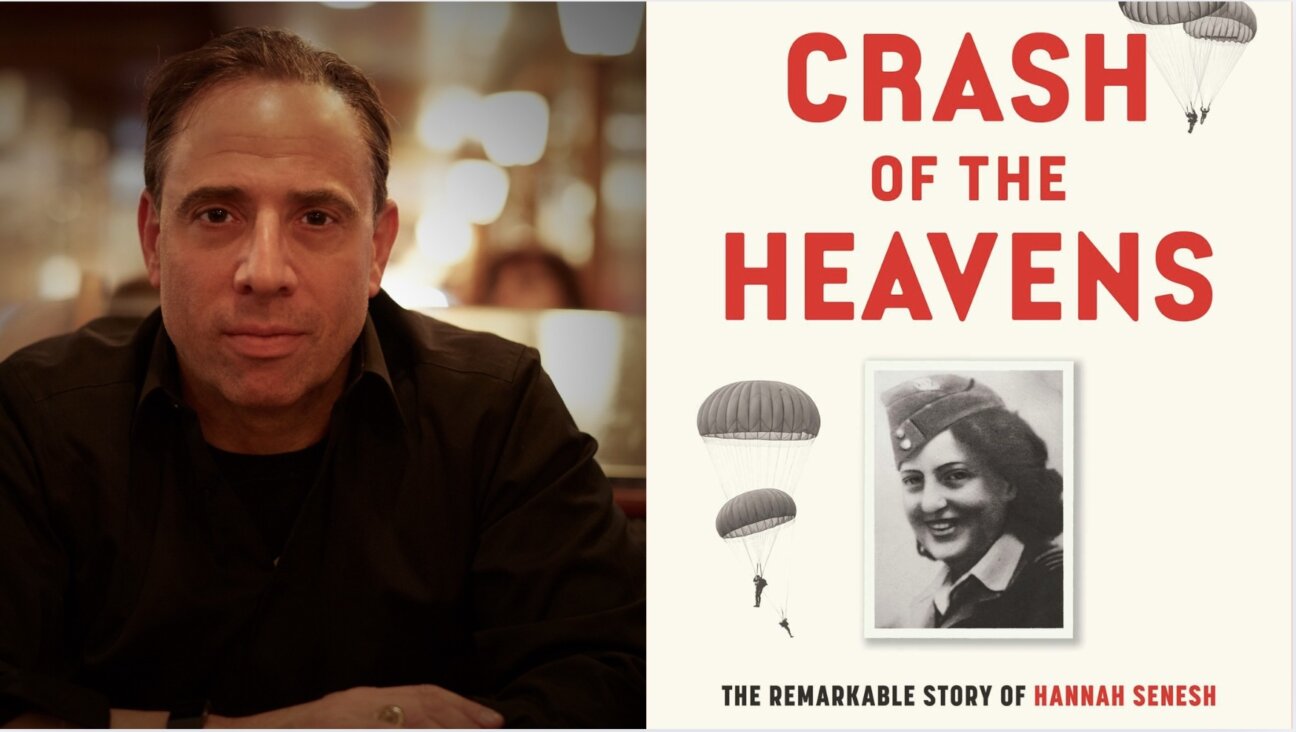Author Blog: Visiting the Soviet Union

Graphic by Angelie Zaslavsky
Yesterday, Peri Devaney wrote about working on the postscript for her anthology, “A Jewish Professor’s Political Punditry: Fifty-Plus Years of Published Commentary by Ron Rubin” (Syracuse University Press). Today we hear from Ron Rubin, the prolific professor she anthologized. Their blog posts are featured on The Arty Semite courtesy of the Jewish Book Council and My Jewish Learning’s Author Blog Series. For more information on the series, please visit:
I’ve had four opportunities to visit the Soviet Union/Former Soviet Union over the years, the fourth being the trip I’m preparing for as I write this blog that will be posted while I’m physically there.
Each trip had a different setting, successively bringing me closer to my Jewish brethren. In looking back I realize how fortunate it was that along the way I was never thrown out!
My first trip, as a 26-year-old single in 1968, was mainly exploratory. I wanted to check out the terrible press reports, leave behind some Jewish books, and instill some hope. In this pre détente era when tourism between the USA and the Soviet Union was virtually unknown, I signed up with the Dutch Student Travel Organization, NBBS, for a two week all-expenses-covered trip costing $250. I was the only Jew and the only American among the 30 travelers. The railroad that left Amsterdam took two days and nights to reach our first stop, Minsk. At the intersection between the two Germanys, bloodhounds came on board to search. Crossing Poland, I recognized the names of towns like Bialystok, well known in Jewish history. Were these the same tracks used a quarter century earlier to bring Jews to the concentration camps, I wondered?
The student hostel in Minsk was so primitive that the toilets contained no running water. We were shown the local concentration camp site where, I told myself, there was a good chance some of my father’s father’s relatives perished. Our guide helped me arrange for private taxis to take me to synagogues in the three cities we visited, Minsk, Leningrad and Moscow, where I surreptitiously left behind some Judaica and tried to make myself understood using Yiddish and Hebrew.
On my next trip, in 1973, I accompanied a New York State Congressman as his “expert” advisor. By then my book on Soviet anti-Semitism, The Unredeemed, had been released, but fortunately Soviet surveillance was not keeping abreast of the American publishing industry. Ostensibly, our mission was research on the excellent record of the USSR in preventing crime, but we were really there to raise the issue of Jewish suffering at the highest levels. In addition to secretly meeting refuseniks, we explained to the Mayor of Moscow and officials of the Soviet fisheries ministry how relations between the two superpowers were being hurt by differences over the Soviet Jewish issue. They seemed surprised at the connection, but at least we got through to them. Our biggest success was meeting the head of OVIR, the police unit in charge of emigration. Not only were we the first Americans to meet that official, but he accepted a list containing the names of ten refuseniks, a diplomatic nicety he didn’t need to do. Six months later, one of the refuseniks listed was given permission to leave for Israel.
The parameters of my third trip were clearly supply and inspiration. Sponsored by the Chabad Lubavitch organization, Lishkas Ezras Achim, two young rabbis and I spent two weeks there. We brought few personal effects, but at a warehouse in Brooklyn’s Crown Heights our suitcases were stuffed with Jewish books and sundry ritual items ranging from shechitah (kosher slaughter) knives, kosher yeast and burial shrouds. On the plane, we spoke seriously of the possibility that our goods would be confiscated at Soviet customs and that we could be either thrown out of the country or arrested. On that trip I saw one of the young rabbis secretly circumcise an adult male who was lying on a simple table.
Recalling this heroic chapter in Jewish history, I want to make the point that God’s miracles are not limited to splitting the sea. Even the starriest optimist would not have predicted forty-five years ago that despite the most totalitarian regime in history, one million former Soviet Jews would now call Israel home, menorahs are now displayed in Red Square on Chanukah, and…
The purpose of my upcoming trip to Russia with the Association of Americans and Canadians in Israel (AACI) is to explore Jewish and Russian life in Moscow and St. Petersburg, and I plan to meet with leaders of both Jewish communities and to get an update from Chabad and other groups on their activities to strengthen and sustain Jewish life… something we can now do openly, because…
Miracles do happen today as well!
Check back all week for more from Peri Devaney and Ron Rubin.
The Jewish Book Council is a not-for-profit organization devoted to the reading, writing and publishing of Jewish literature. For more Jewish literary blog posts, reviews of Jewish books and book club resources, and to learn about awards and conferences, please visit www.jewishbookcouncil.org.
MyJewishLearning.com is the leading transdenominational website of Jewish information and education. Visit My Jewish Learning for thousands of articles on Judaism, Jewish holidays, Jewish history and more.
















